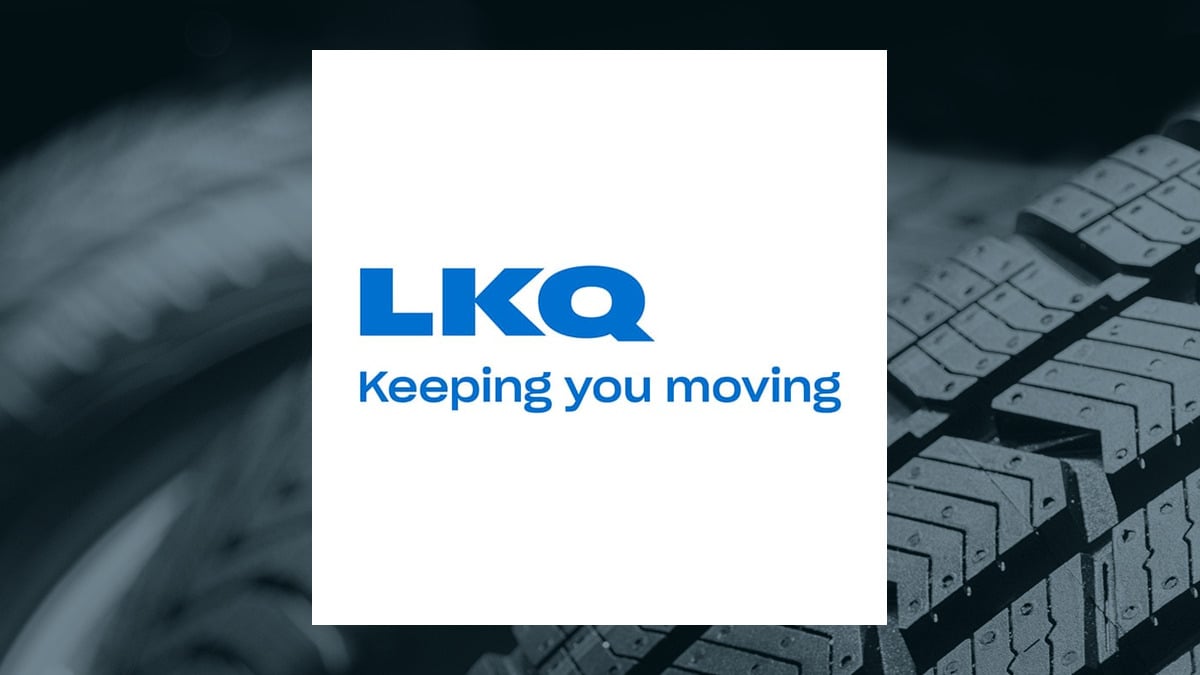 LKQ has seen steady revenue growth driven by customer base expansion and a balanced approach to rewards. Management focuses on KPIs like growth, profitability, and cash flow to motivate success and enhance long-term prospects. Risks from foreign exchange and regulatory changes are noted, with mitigation strategies in place. Key metrics show strong ROI, market share growth, and plans for market expansion. External risks include currency fluctuations and legal claims, managed through cybersecurity assessments and a stock repurchase program. The company’s forward guidance aligns with strategic initiatives, emphasizing growth and profitability for long-term competitiveness.
LKQ has seen steady revenue growth driven by customer base expansion and a balanced approach to rewards. Management focuses on KPIs like growth, profitability, and cash flow to motivate success and enhance long-term prospects. Risks from foreign exchange and regulatory changes are noted, with mitigation strategies in place. Key metrics show strong ROI, market share growth, and plans for market expansion. External risks include currency fluctuations and legal claims, managed through cybersecurity assessments and a stock repurchase program. The company’s forward guidance aligns with strategic initiatives, emphasizing growth and profitability for long-term competitiveness.
Executive Summary
Financials
Revenue growth has been steadily increasing over the past three years. This growth is primarily driven by a focus on serving and growing the customer base successfully, as well as a balanced approach that rewards growth, profitability, and cash flow generation. Operating expenses have remained relatively stable, with a slight increase in restructuring expenses from 0.5% to 0.8%. There were no other significant changes in cost structures. The company’s net income margin is 4.3%, showing a decline. This is lower than the industry peers by 3.8%.
Management Discussion and Analysis
Management has focused on key performance indicators such as growth, profitability, and cash flow generation to drive success. These initiatives have been successful in motivating a balanced approach to the business and enhancing long-term prospects. Management assesses the company’s competitive position through outlook, guidance, and market trends analysis. They highlight risks from foreign exchange fluctuations and regulatory changes that may impact financial results. The major risks identified by management are uncertainties in forward-looking statements and market risks. Mitigation strategies include regular updates of information and disclosures in SEC filings.
Key Performance Indicators (KPIs)
Risk Assessment
The top external factors that pose risks to the company operations and financial performance are adverse changes in foreign exchange rates, interest rates, commodity prices, and inflation, as well as uncertainties and market risks disclosed in filings with the SEC. LKQ evaluates cybersecurity risks through ongoing assessments and controls, ensuring protection in a digital business landscape. LKQ faces legal claims, but management believes they won’t have a significant impact. They have a stock repurchase program to manage financial risks.
Corporate Governance and Sustainability
The board of directors consists of directors and executive officers, none of whom made any significant changes in leadership or independence during the fiscal quarter ended March 31, 2024. LKQ has not provided specific information regarding its approach to diversity and inclusion in governance practices and the workforce, nor has it mentioned a commitment to board diversity. LKQ discloses sustainability initiatives such as ESG metrics in its commitment to responsible business practices by discussing risks, uncertainties, and factors affecting actual results. No specific initiatives or metrics are mentioned.
Forward Guidance
The company’s forward-looking guidance aligns with its strategic initiatives by emphasizing outlook, expectations, and intentions. This helps in achieving long-term goals outlined in the annual report. LKQ is factoring in the trends of increased vehicle procurement costs and lower commodities prices into its forward-looking guidance. It plans to capitalize on these trends by focusing on cost management and leveraging its liquidity and capital resources for growth. Yes, the company’s focus on key performance indicators such as growth, profitability, and cash flow generation for incentive compensation at all levels of the organization shows a commitment to long-term growth and competitiveness.
For more information:
This article was created using artificial intelligence technology from Klickanalytics.
